Results 4,771 to 4,780 of 12094
Thread: Anandtech News
-
02-26-15, 01:30 AM #4771
Anandtech: Gigabyte 17.3” P37X Gaming Notebook Now in North America
Gigabyte has an interesting line of gaming notebooks these days, including their own brand of P-series laptops as well as the AORUS brand. We’re in the process of reviewing the P35X v3, which packs a GTX 980M into a 0.82” thick 15.6” chassis, and now Gigabyte sends word that they have officially launched the big brother P37X with a 17.3” chassis in the North American market. It’s actually slightly thicker than the P35X, and the design language is very similar as well. That’s either good or bad depending on what you’re looking for in a gaming notebook.
On the one hand it’s generally slimmer (0.9”) and lighter (6.17 lbs.) than competing notebooks from Alienware, ASUS, Clevo, and MSI; however, keeping things cool in a thinner chassis generally means either more noise from the fans, higher temperatures, or both. It’s also either a conservative and subdued looking design, or it’s boring – I tend to like less bling on my laptops, but others are happier with multi-colored keyboard backlighting and a more aggressive industrial design.
In terms of features, all the core elements are essentially the same as the 15.6” model, but the keyboard adds a column of six dedicated macro keys. The top key switches between five banks of macros, so all told that gives you access to 25 macro sets. Besides the GTX 980M GPU, the system also supports Core i7 processors (Haswell series still), up to two 512GB mSATA drives in RAID 0, and two 2.5” drives are available as well. As with most other 17.3” laptops, the display remains a 1080p panel – there just aren’t many other options yet, though we’ve heard 4K may be coming soon to some other 17.3” designs. The display is anti-glare and wide viewing angle (IPS most likely, though AHVA is also a possibility)
Amazon and other retailers are carrying the Gigabyte P37X, and the base model comes with i7-4720HQ, GTX 980M 8GB, 8GB system RAM, and a 1TB HDD (no SSDs in the base model, though you can always add your own) for $1999. If you prefer a slightly upgraded build, the Gigabyte P37X-CF2 also has 8GB RAM and an i7-4720HQ, but it includes a 256GB mSATA SSD and a Blu-ray burner for $2499. So yeah, just buy the base model and pick up a pair of 512GB mSATA MX200 SSDs for $440 instead – and if you really want a Blu-ray burner, that can be arranged for the remaining $60. You’ll probably want to upgrade the RAM as well, as 8GB is a bit chintzy on a high-end gaming rig these days.
Despite the odd pricing on the “upgraded” build, it’s good to see additional gaming notebook options, and for those that prefer a more subdued aesthetic the Gigabyte line might be exactly what you’re after. We’ll have the full review of the P35W v3 in the next week or two, so stay tuned.
Gallery: Gigabyte 17.3” P37X Gaming Notebook Now in North America



More...
-
02-26-15, 07:31 AM #4772
Anandtech: Western Digital My Cloud NAS Updates Target Prosumers and Small Businesses
Western Digital is no stranger to the NAS market. Their Sentinel series units (based on Windows Storage Server) have targeted business users for quite some time now. The My Cloud consumer series (1- and 2-bay NAS units based on a custom embedded Linux platform) introduced a few years back targets home users. These two product lines cover the two extreme ends of the market for NAS units costing up to $5000. In late 2013, Western Digital launched the My Cloud Expert series with the introduction of the 4-bay WD My Cloud EX4. This was followed by a 2-bay version in March 2014.
It has been almost a year since Western Digital last updated their hardware offerings, but the firmware and user-experience improvements have been coming in periodically (indicating long-term commitment to this market segment). Today, two sets of products are being introduced to cover the whole range of this NAS market segment:
- Updated EXpert Series (EX2100 and EX4100)
- New Business Series (DL2100 and DL4100)
From an external viewpoint, all the NAS units being introduced today come with dual GbE ports and a couple of USB 3.0 ports. Similar to previous generation EX units, the new ones also come with two power adapter inputs.
The EX2100 and EX4100 are one of the first NAS units based on the new Marvell Riverwood platform (ARMADA 385 / 388). These are dual-core Cortex-A9-based SoCs running at up to 1.6 GHz. The 2-bay unit comes with the ARMADA 385 and has 1 GB of RAM, while the 4-bay unit sports the ARMADA 388 and has 2 GB of RAM. The main difference between the ARMADA 385 and 388 is the presence of two vs. four native SATA ports. We will look more into the SoC platform in our dedicated review.
The DL2100 and DL4100 are based on the Intel Rangeley SoCs. Based on the Silvermont Atom cores, these SoCs have been quite popular with COTS NAS vendors over the last year (with Seagate's NAS Pro lineup as well as the Synology DSx15(+) series utilizing them). The 2-bay DL2100 is based on the 2C/2T Atom C2350 running at 1.7 GHz and sports 1 GB of RAM. The 4-bay DL4100 is based on the Atom C2338 and has 2 GB of RAM. The clock speeds and features are similar for both SoCs, though the C2350 has a slightly lower TDP (6W vs. 7W). On the software front, the DL series some with extensive Active Directory support, stressing its business focus.
The updated EX models and the new DL models round up Western Digital's offerings in this market segment. They now have units available for different needs and performance levels. The addition of Linux-based business NAS models help in reducing the costs for the small business market segment.
Western Digital has a number of features (both in hardware and the My Cloud OS) that make it stand out amongst the multitude of offerings from various vendors in this market space:
- Pre-installed OS / pre-configured NAS units, with OS on embedded flash: The pre-configuration is similar to Synology's Beyond Cloud series, but valid for all models in the EX and DL series. In addition, the OS is itself not spread in a replicated manner across all installed disks, but, resides along with the settings in flash memory on the board. One downside is that system migration is not possible (allows RAID roaming, though), but the approach does have its advantages in terms of fast setup.
- Storage scalability using dual NICs: This is a unique feature, allowing units to be daisy chained using the network links. The volumes in the daisy-chained NAS are present / visible through the primary unit's interface. Backups / replication can be easily configured, even though it is not a true high-availability system. The daisy-chained units don't even need to be of the same model.
- Redundant power-supply support: This was one of the unique features in the WD EX2 and EX4 that we reviewed last year. It allows for the NAS to remain in operation even if one of the power adapters were to fail.
- Expandable memory for the prosumer series: The DL series come with 1 GB and 2 GB of RAM for the 2-bay and 4-bay units respectively. However, end-users can opt for their own SO-DIMM modules to increase the memory in these units (up to 6 GB for the DL4100)
- Models with pre-configured disks come with the WD Red drives (6 TB variants included) - this provides consumers with a single point-of-contact for both the NAS unit and the storage media when it comes to support purposes.
The pricing for the various models / capacities is provided in the table below:
Similar to Seagate's NAS and NAS Pro offerings, the updated hardware platforms and the tying together of the NAS and the storage media will help Western Digital expand their already growing presence in this market segment. The existing channel presence will also provide an additional advantage. Performance evaluation of the EX4100 as well as the DL4100 and comparison with other models in this market segment will be available in the reviews slated to go out over the next few days.Western Digital My Cloud NAS Introductory MSRPs [ Q1 2015 ] Capacity EX2100 EX4100 DL2100 DL4100 Diskless $250 $400 $350 $530 4 TB $430 - $530 - 8 TB $560 $750 $650 $880 12 TB $750 - $850 - 16 TB - $1050 - $1170 24 TB - $1450 - $1530
More...
-
02-26-15, 08:30 AM #4773
Anandtech: DirectX 12 Performance Preview, Part 3: Star Swarm & Intel's iGPUs
We’re back once again for the 3rd and likely final part to our evolving series previewing the performance of DirectX 12. After taking an initial look at discrete GPUs from NVIDIA and AMD in part 1, and then looking at AMD’s integrated GPUs in part 2, today we’ll be taking a much requested look at the performance of Intel’s integrated GPUs. Does Intel benefit from DirectX 12 in the same way the dGPUs and AMD’s iGPU have? And where does Intel’s most powerful Haswell GPU configuration, Iris Pro (GT3e) stack up? Let’s find out.
As our regular readers may recall, when we were initially given early access to WDDM 2.0 drivers and a DirectX 12 version of Star Swarm, it only included drivers for AMD and NVIDIA GPUs. Those drivers in turn only supported Kepler and newer on the NVIDIA side and GCN 1.1 and newer on the AMD side, which is why we haven’t yet been able to look at older AMD or NVIDIA cards, or for that matter any Intel iGPUs. However as of late last week that changed when Microsoft began releasing WDDM 2.0 drivers for all 3 vendors through Windows Update on Windows 10, enabling early DirectX 12 functionality on many supported products.
With Intel WDDM 2.0 drivers now in hand, we’re able to take a look at how Intel’s iGPUs are affected in this early benchmark. Driver version 10.18.15.4098, these drivers enable DirectX 12 functionality on Gen 7.5 (Haswell) and newer GPUs, with Gen 7.5 being the oldest Intel GPU generation that will support DirectX 12.
Today we’ll be looking at all 3 Haswell GPU tiers, GT1, GT2, and GT3e. We also have our AMD A10 and A8 results from earlier this month to use as a point of comparison (though please note that this combination of Mantle + SS is still non-functional on AMD APUs). With that said, before starting we’d like to once again remind everyone that this is an early driver on an early OS running an early DirectX 12 application, so everything here is subject to change. Furthermore Star Swarm itself is a very directed benchmark designed primarily to showcase batch counts, so what we see here should not be considered a well-rounded look at the benefits of DirectX 12. At the end of the day this is a test that more closely measures potential than real-world performance.
Since we’re looking at fully integrated products this time around, we’ll invert our usual order and start with our GPU-centric view first before taking a CPU-centric look.CPU: AMD A10-7800
AMD A8-7600
Intel Core i3-4330
Intel Core i5-4690
Intel Core i7-4770R
Intel Core i7-4790KMotherboard: GIGABYTE F2A88X-UP4 for AMD
ASUS Maximus VII Impact for Intel LGA-1150
Zotac ZBOX EI750 Plus for Intel BGAPower Supply: Rosewill Silent Night 500W Platinum Hard Disk: OCZ Vertex 3 256GB OS SSD Memory: G.Skill 2x4GB DDR3-2133 9-11-10 for AMD
G.Skill 2x4GB DDR3-1866 9-10-9 at 1600 for IntelVideo Cards: AMD APU Integrated
Intel CPU IntegratedVideo Drivers: AMD Catalyst 15.200 Beta
Intel 10.18.15.4098OS: Windows 10 Technical Preview 2 (Build 9926)
As Star Swarm was originally created to demonstrate performance on discrete GPUs, these integrated GPUs do not perform well. Even at low settings nothing cracks 30fps on DirectX 12. None the less there are a few patterns here that can help us understand what’s going on.
Right off the bat then there are two very apparent patterns, one of which is expected and one which caught us by surprise. At a high level, both AMD APUs outperform our collection of Intel processors here, and this is to be expected. AMD has invested heavily in iGPU performance across their entire lineup, where most Intel desktop SKUs come with the mid-tier GT2 GPU.
However what’s very much not expected is the ranking of the various Intel processors. Despite having all 3 Intel GPU tiers represented here, the performance between the Intel GPUs is relatively close, and this includes the Core i7-4770R and its GT3e GPU. GT3e’s performance here immediately raises some red flags – under normal circumstances it substantially outperforms GT2 – and we need to tackle this issue first before we can discuss any other aspects of Intel’s performance.
As long-time readers may recall from our look at Intel’s Gen 7.5 GPU architecture, Intel scales up from GT1 through GT3 by both duplicating the EU/texture unit blocks (the subslice) and the ROP/L3 blocks (the slice common). In the case of GT3/GT3e, it has twice as many slices as GT2 and consequently by most metrics is twice the GPU that GT2 is, with GT3e’s Crystal Well eDRAM providing an extra bandwidth kick. Immediately then there is an issue, since in none of our benchmarks does the GT3e equipped 4770R surpass any of the GT2 equipped SKUs.
The explanation, we believe, lies in the one part of an Intel GPU that doesn’t get duplicated in GT3e, which is the front-end, or as Intel calls it the Global Assets. Regardless of which GPU configuration we’re looking at – GT1, GT2, or GT3e – all Gen 7.5 configurations share what’s essentially the same front-end, which means front-end performance doesn’t scale up with the larger GPUs beyond any minor differences in GPU clockspeed.
Star Swarm for its part is no average workload, as it emphasizes batch counts (draw calls) above all else. Even though the low quality setting has much smaller batch counts than the extreme setting we use on the dGPUs, it’s still over 20K batches per frame, a far higher number than any game would use if it was trying to be playable on an iGPU. Consequently based on our GT2 results and especially our GT3e result, we believe that Star Swarm is actually exposing the batch processing limits of Gen 7.5’s front-end, with the front-end bottlenecking performance once the CPU bottleneck is scaled back by the introduction of DirectX 12.
The result of this is that while the Intel iGPUs are technically GPU limited under DirectX 12, it’s not GPU limited in a traditional sense; it’s not limited by shading performance, or memory bandwidth, or ROP throughput. This means that although Intel’s iGPUs benefit from DirectX 12, it’s not by nearly as much as AMD’s iGPUs did, never mind the dGPUs.
Update: Between when this story was written and when it was published, we heard back from Intel on our results. We are publishing our results as-is, but Intel believes that the lack of scaling with GT3e stems in part from a lack of optimizations for lower performnace GPUs in our build of Star Swarm, which is from an October branch of Oxide's code base. Intel tells us that newer builds do show much better overall performance and more consistent gains for the GT3e, all the while the Oxide engine itself is in flux with its continued development. In any case this reiterates the fact that we're still looking at early code here from all parties and performance is subject to change, especially on a test as directed/non-standard as Star Swarm.
So how much does Intel actually benefit from DirectX 12 under Star Swarm? As one would reasonably expect, with their desktop processors configured for very high CPU performance and much more limited GPU performance, Intel is the least CPU bottlenecked in the first place. That said, if we take a look at the mid quality results in particular, what we find is that Intel still benefits from DX12. The 4770R is especially important here, as it’s a relatively weaker GPU (base frequency 3.2GHz) coupled with a more powerful GPU. It starts out trailing the other Core processors in DX11, only to reach parity with them under DX12 when the bottleneck shifts from the CPU to the GPU front-end. The performance gain is only 25% - and at framerates in the single digits – but conceptually it shows that even Intel can benefit from DX12. Meanwhile the other Intel processors see much smaller, but none the less consistent gains, indicating that there’s at least a trivial benefit from DX12.
Taking a look under the hood at our batch submission times, we can much more clearly see the CPU usage benefits of DX12. The Intel CPUs actually start at a notable deficit here under DX11, with batch submission times worse than the AMD APUs and their relatively weaker CPUs, and 4770R in particular taking nearly 200ms to submit a batch. Enabling DX12 in turn causes the same dramatic reduction in batch submission times we’ve seen elsewhere, with Intel’s batch submission times dropping to below 20ms. Somewhat surprisingly Intel’s times are still worse than AMD’s, though at this point we’re so badly GPU limited on all platforms that it’s largely academic. None the less it shows that Intel may have room for future improvements.
With this data in hand, we can finally make better sense of the results we’re seeing today. Just as with AMD and NVIDIA, using DirectX 12 has a noticeable and dramatic reduction in batch submission times for Intel’s iGPUs. However in the case of Star Swarm the batch counts are so high that it appears GT2 and GT3e are bottlenecked by their GPU front-ends, and as a result the gains from enabling DX12 at very limited. In fact at this point we’re probably at the limits of Star Swarm’s usefulness, since it’s meant more for discrete GPUs.
The end result though is that one way or another Intel ends up shifting from being CPU limited to GPU limited under DX12. And with a weaker GPU than similar AMD parts, performance tops out much sooner. That said, it’s worth pointing out that we are looking at desktop parts here, where Intel goes heavy on the CPU and light on the GPU; in mobile parts where Intel’s CPU and GPU configurations are less lopsided, it’s likely that Intel would benefit more than they do on the desktop, though again probably not as much as AMD has.
As for real world games, just as with our other GPUs we’re in a wait-and-see situation. An actual game designed to be playable on Intel’s iGPUs is very unlikely to push as many batch calls as Star Swarm, so the front-end bottleneck and GT3e’s poor performance are similarly unlikely to recur. But at the same time with Intel generally being the least CPU bottlenecked in the first place, their overall gains under DX12 may be the smallest, particularly when exploiting the API’s vastly improved draw call performance.
In the meantime GDC 2015 will be taking place next week, where we will be hearing more from Microsoft and its GPU partners about DirectX 12. With last year’s unveiling being an early teaser of the API, the sessions this year will be focusing on helping programmers ramp up for its formal launch later this year, and with any luck we’ll find the final details on feature level 12_0 and whether any current GPUs are 12_0 compliant. Along with more on OpenGL Next (aka glNext), it should make for an exciting show for GPU events.
More...
-
02-26-15, 11:00 AM #4774
Anandtech: LG Replaces Android Wear: Adds LTE, GPS and NFC to the Watch Urbane
Today LG pre-announced significant additions to their high-end wearable, the LG Watch Urbane, via a new edition called the LG Watch Urbane LTE. Both devices will officially launch at Mobile World Congress next week. From a feature standpoint, the LG Watch Urbane LTE adds more wireless functionality via the inclusion of LTE, VoLTE (not 3G voice), GPS, and NFC.
These additions dramatically expand LG's ability to cover the movement use case of wearables and places the Watch Urbane LTE alongside the Samsung Gear S as the only devices to include cellular functionality. This provides a safety net when making a fitness excursion, as emergency calls are now possible. LG had this use case in mind specifically as they included a single key press to initiate an emergency call. Additionally, the inclusion of NFC enables mobile payments, although LG has not yet provided details on how this works. Finally, LG has dramatically increased the battery size from 410mAH to 700mAH, which will help immensely with powering the LTE radio. I should note this is the largest battery I have seen to date in a wearable.
From an industry perspective, the most interesting part of this announcement is that LG has ditched Andorid Wear which was used for the non-LTE edition of the Watch Urbane. As Android Wear does not support NFC payments or cellular, this was a necessity to bring the Watch Urbane LTE to market, but it highlights that device makers like LG and Samsung are not waiting for Google to add functionality. Google needs to improve the pace of Android Wear updates if they want to keep their partners using the platform.
Price and availability remain unknown. Look for additional details as Mobile World Congress 2015 begins next week.LG Watch Urbane LTE LG Watch Urbane SoC Qualcomm Snapdragon 400 1.2GHz Qualcomm Snapdragon 400 1.2GHz Memory 1GB LPDDR3 512MB LPDDR3 Display 1.3" plastic OLED (320 x 320, 245ppi) 1.3" plastic OLED (320 x 320, 245ppi) Storage 4GB eMMC 4GB eMMC Wireless LTE, NFC, Bluetooth 4.0 Bluetooth 4.0 Ingress protection IP67 IP67 Battery 700mAH 410mAH Sensors Gyro, accelerometer, compass, barometer, heart rate, GPS Gyro, accelerometer, compass, barometer, heart rate I/O Touch screen, buttons, speaker, microphone Touch screen, buttons, microphone OS LG Custom Android Android Wear
More...
-
02-27-15, 07:32 AM #4775
Anandtech: Synology DS2015xs Review: An ARM-based 10G NAS
Synology is one of the most popular COTS (commercial off-the-shelf) NAS vendors in the SMB / SOHO market segment. The NAS models introduced by them in 2014 were mostly based on Intel Rangeley (the Atom-based SoCs targeting the storage and communication market). However, in December, they sprang a surprise by launching the DS2015xs, an ARM-based model with dual 10GbE ports. We were intrigued by the combination of a quad-core Cortex-A15 and 10GbE I/O and promptly requested Synology for a review sample. Do ARM SoCs have the necessary performance to warrant a place in the high-performance xs series? More importantly, is the Annapurna Labs AL514 SoC capable of keeping the 10G ports saturated during operation? Read on to for our review of the Synology DS2015xs to find out.
More...
-
02-28-15, 06:00 PM #4776
Anandtech: Xbox One Games With Gold March Preview
March is upon us, and the folks over at Microsoft have announced the upcoming Games With Gold titles that will be made available free to anyone with an Xbox Live Gold subscription. March looks to be quite the month, with some top tier games available on both the Xbox One and Xbox 360. Let’s dig in and see what is upcoming.
Xbox One
Rayman Legends
The popular Rayman franchise is making an appearance in Games with Gold. Rayman Legends is from Ubisoft, and was originally released in August 2013, and then it came to the PS4 and Xbox One in February 2014. Legends is a sequel to the 2011 Rayman Origins title, and keeps with the tradition of the series. It is a platformer which can be played as single-player or co-operative. Rayman Legends on the Xbox One scored a very high 91 Metascore, and 7.6 User Score on metacritic. It normally retails for $39.99 on the Xbox Store.
“The Glade of Dreams is in trouble once again! During a 100-year nap, the nightmares multiplied and spread, creating new monsters even more terrifying than before! These creatures are the stuff of legend… Dragons, giant toads, sea monsters, and even evil luchadores. With the help of Murfy, Rayman and Globox awake and must now help fight these nightmares and save the Teensies!”
Xbox 360
Tomb Raider
The first game up for the Xbox 360 is the amazing Tomb Raider, developed by Crystal Dynamics. This is a reboot of the Tomb Raider franchise, released in March 2013, and has players take on the role of Lara Croft once again. It is a 3rd person action-adventure game, set on the island of Yamatai, and Lara must battle the terrain and the inhabitants of Yamatai as she transforms from an archeologist graduate into the star of the show. Tomb Raider scored a 86 Metascore and 8.5 User Score on metacritic, and normally retails for $19.99. Tomb Raider will be available from March 1st to March 15th for the Xbox 360.
“Armed with only the raw instincts and physical ability to push beyond the limits of human endurance, Tomb Raider delivers an intense and gritty story into the origins of Lara Croft and her ascent from a frightened young woman to a hardened survivor.”
Bioshock Infinite
The next game up on the Xbox 360 is another amazing game. Bioshock Infinite was developed by the now defunct Irrational Games, and released in March 2013. This is a first-person shooter set in 1912 in a fictional city of Columbia. Columbia is suspended in the air, and contains all sorts of amazing technology. Players take control of the main character, Booker DeWitt, who is sent to Columbia to rescue Eilizabeth. The plot, characters, and gameplay are all first rate in this game, which scored a 93 Metascore and 8.5 User Score on metacritic. Bioshock Infinite normally retails for $29.99, and will be available from March 16th to the 31st.
“Indebted to the wrong people and with his life on the line, veteran of the U.S. Cavalry and hired gun Booker DeWitt has only one opportunity to wipe his slate clean. He must rescue Elizabeth, a mysterious girl imprisoned since childhood and locked up in the flying city of Columbia. Forced to trust one another, Booker and Elizabeth form a powerful bond during their daring escape. Together, they learn to harness an expanding arsenal of weapons and abilities, as they fight on zeppelins in the clouds, along high-speed Sky-Lines, and down in the streets of Columbia, all while surviving the threats of the sky-city and uncovering its dark secret.”
This is by far the best Xbox Games with Gold lineup that I can recall, and certainly since the Xbox One was added. All of these games are very good, and are near the top of their genres. The people over at Xbox also made note that since the program’s inception, more than 100,000,000 Games with Gold games have been downloaded, and they have also announced that for April they will be doubling up on the games available – so there will be four for the Xbox 360, and two for the Xbox One next month.
More...
-
02-28-15, 11:30 PM #4777
Anandtech: StarTech.com Updates DAS Lineup with Thunderbolt 2 and USB 3.0 Multi-Bay E
StarTech.com specializes in gadgets performing niche, yet handy functions. We have reviewed a few of their products such as the USB 3.0 to SATA IDE HDD docking station and portable SATA duplicator before. Technology-wise, there are plenty of similar options in the market. StarTech.com hopes to differentiate itself by acting as a one-stop shop for all these miscellaneous needs.
Since the beginning of the year, StarTech.com has launched two interesting products in the DAS (direct-attached storage) space. On the high-end side, we have the S354SMTB2R, a 4-bay Thunderbolt 2 enclosure. It comes with a hardware RAID engine (only JBOD, RAID 0, RAID 1 and RAID 10 - no RAID 5 or RAID 6) and brings with it all the advantages of Thunderbolt 2 (including daisy chaining).
Gallery: StarTech.com Thunderbolt2 Quad 4-bay Enclosure





On the chipset side, we have the Marvell 88SE9230 bridge chip, enabling four SATA 6 Gbps ports over two PCIe 2.0 lanes. It also enables the hardware RAID functionality. The PCIe side obviously talks to the Intel Thunderbolt 2 controller.
One of the interesting aspects of the StarTech.com Thunderbolt 2 enclosure is the availability of HyperDuo (thanks to the usage of the Marvell bridge chip). This is a feature that automates SSD / HDD tiering (further details available in Marvell's technology brief - PDF). The benefits of Thunderbolt 2 in DAS units are brought out mainly when SSDs are used, and this type of transparent tiering can enable users to easily gain SSD-like performance while retaining HDD-like capacity at reasonable price points.
StarTech.com has priced the S354SMTB2R at $693 ($543 on Amazon). Other options for diskless 4-bay Thunderbolt 2 solutions are listed below.
- AKiTiO Thunder2 Quad (MSRP of $499, available for $370 on Amazon): This unit doesn't come with hardware RAID or HyperDuo features, allowing for the lower price point.
- OWC ThunderBay 4 (Available for $419): This unit is similar to the AKiTiO Thunder2 Quad - no hardware RAID, but does come with a special software RAID program for OS X (allowing for high-performance RAID 5 on Mac systems)
- HighPoint RocketStor 6324AS 4-Bay RAID Solution with Thunderbolt 2 Adapter (available for $949): The premium for this unit is due to the presence of hardware RAID (JBOD, 0, 1, 5, 6, 10 and 50) and support for both SATA and SAS drives. In addition, this DAS has the added flexibility of being a two component solution - the main drive bays enclosure have two mini-SAS ports (with a second port used for daisy chaining another enclosure or LTO tape drive to get support for up to 8 drives). A SFF-8088 cable connects the enclosure to the external mini-SAS port of a Thunderbolt 2 adapter (which is available for $288 separately, if needed). The adapter has two Thunderbolt 2 ports for standard daisy-chain operation. All in all, this is a very flexible configuration, but tends to create a lot of cable clutter - a possible issue, depending on the workspace.
- HighPoint RocketStor 6324LS 4-Bay JBOD Solution with Thunderbolt 2 Adapter (available for $649): This configuration uses the same Thunderbolt 2 adapter as the 6324AS described above, but the 4-bay enclosure supports only SATA drives and there is no hardware RAID.
CalDigit, G-Technology and Promise have 4-bay Thunderbolt 2 solutions too, but they don't seem to be available in diskless configurations.
A few days back, the HDD enclosures lineup was also expanded. The last time we looked at a multi-bay external enclosure was in our review of the Mediasonic Probox. A couple of years have passed since we checked out the JMicron JMB321 port-multiplier (PDF) coupled with a JSM 539 SATA to USB 3.0 bridge. These JMicron parts have been discontinued and it is now time for a new platform for economical multi-bay direct-attached storage enclosures.
Gallery: StarTech.com 5-bay USB 3.0 / eSATA External Enclosure





StarTech.com has introduced a $315 5-bay (S355BU33ERM) and a $392 8-bay (S358BU33ERM) enclosure. These units support both 3.5" and 2.5" drives. Hot-swapping is also supported. Similar to the Mediasonic Probox, they come with both eSATA and USB 3.0 host connections. UASP is now supported, thanks to the usage of the JMicron JMB575M SATA port multiplier / selector (PDF) and JMS567 SATA to USB 3.0 bridge controller (PDF). The 5-bay unit comes with a 80 mm cooling fan, while the 8-bay unit has a 120 mm cooling fan. There is no hardware RAID support.
Gallery: StarTech.com 8-bay USB 3.0 / eSATA External Enclosure





The units seem to be much cheaper on Amazon, with the 8-bay coming in at $300 and the 5-bay coming in at $245. The number of options for 5-bay and 8-bay enclosures seem to be numerous compared to that for Thunderbolt 2, so we won't go into the trouble of listing everything here. The key takeaway from the announcement is that we now have high bay-count USB 3.0 enclosures with UASP support.
More...
-
03-01-15, 10:00 AM #4778
Anandtech: HTC Announces VIVE, a Valve VR Headset, and Grip, a Fitness Band
In addition to the HTC One M9, HTC is also launching the VIVE, a VR headset. While it may seem a bit strange that HTC is doing this, it makes sense once one realizes that the VIVE isn’t designed as a mobile VR solution at all. Instead, this is a product of HTC’s connected devices division, which is the same group that made the HTC RE.
I was definitely quite skeptical of HTC doing a VR headset. But the key here is that HTC has partnered with Valve to be the first OEM to ship a consumer version of SteamVR which means that this is tethered to a PC rather than utilizing a phone or some other mobile device, and using Valve's tracking and input technology. While they haven’t been able to discuss any real detail, they emphasized that the VR experience would be a whole-room experience rather than a sitting experience. Outside of these details, it was said that the developer kit would be available soon after launch in the spring, with consumer availability by the holidays at the end of the year.
While VR headsets are a type of wearable, the other wearable HTC is announcing today is the Grip, a sports band made in partnership with Under Armor. It seems that this is largely similar to the Microsoft Band, as it has a 1.8” PMOLED display, with a ST-M Cortex M3 MCU.
HTC states that they’re trying to target hardcore athletic trainers with this device, and have equipped it with a GPS tracker along with support for Bluetooth heart rate monitors for improved performance. The fitness band should last up to 2.5 days on its 100mAh battery, and will come in three sizes. The fitness band will be able to work with Under Armor Record, along with other fitness tracking applications. Outside of fitness applications the band also supports some basic features such as remote camera shutter, music controls, sleep tracking, and other similar phone companion applications. The Grip will be compatible with both iOS and Android as well.
The HTC Grip will cost $199 USD and go on sale in the near future.
HTC Grip SoC STM32L151QDH6 (Cortex-M3) RAM/NAND 8MB SRAM + 16MB Flash Display 1.8” 32x160 PMOLED, mono Dimensions Small: 51.9 x 68.2 x 22.5 mm
Inner circumference: 145.54mm
Medium: 60.98 x 74.57 x 22.5 mm
Inner circumference: 169.76mm
Large: 68.92 x 85.24 x 22.5 mm
Inner circumference: 199.51mmBattery 100mAh Connectivity Bluetooth LE 3.0/4.0, USB (Charging)
More...
-
03-01-15, 10:00 AM #4779
Anandtech: HTC Launches One M9: Hands-On
Around the end of 2012, HTC was in dire straits. The HTC One X, S, and V were supposed to be a big change in HTC’s product lineup, and was supposed to do away with the confusing nomenclature and unfocused lineup. However, it seems that the device fell flat for a wide range of reasons. HTC needed to change their direction in a big way to prevent profits and revenue from slipping. At the time, it seemed quite possible that HTC would soon go out of business and/or be acquired by some other company. With the HTC One, we saw the beginning of a somewhat unprecedented revival from HTC, as they focused on truly impressive hardware innovation in the form of the first all-metal unibody, an Ultrapixel camera with OIS, and dual front-facing speakers with speaker protection amps. On the software side, we saw an incredibly restrained version of Sense that was a far cry from the rather overdone versions of Sense that we saw with Sense 3 and 4.
The M8 was a refinement of the M7 in some ways, but distinctly different in others. Sense 6 was a continuation of Sense 5, which focused on improving design and functionality across the board. We saw a great deal of incremental improvements, such as the new Snapdragon 801 SoC, the louder speakers, and a new metal wraparound design on the back cover. However, in some ways we saw a lack of improvement. Some of the key areas where there was weakness include the rear camera, the somewhat poor ergonomics of the power button, and the slippery finish of the device. In mass use, it was also discovered that the camera lens often had a coating that was susceptible to scratching, and that these scratches significantly degraded camera quality. Overall, despite these issues due to the competitive landscape the M8 was still a strong recommendation.
With 2015, HTC sought to fix all of these issues that were raised with the M8’s release. This brings us to the HTC One M9, which is best described as an evolution of the One M8. To get the basics out of the way, the spec sheet below should help with more details.
Overall, the One M9 is mostly focused on internal and functional upgrades. In order to reduce the height of the phone, we see a move away from the DuoCam system that we saw with the M8, although HTC stated that they had not completely given up on the idea. The rear camera is a 20MP Toshiba T4KA7 sensor, which has a 1.12 micron pixel pitch. This seems to suggest that HTC is moving away from the concept of Ultrapixels, although it isn’t clear if we’ll see it make a return at some later date.HTC One M8 HTC One M9 SoC MSM8974ABv3 2.26 GHz Snapdragon 801 MSM8994 2/1.5 GHz A57/A53 Snapdragon 810 RAM/NAND 2GB LPDDR3
16/32GB NAND + microSD3GB LPDDR4
32GB NAND + microSDDisplay 5” 1080p LCD 5” 1080p LCD Network 2G / 3G / 4G LTE (Qualcomm MDM9x25 IP UE Category 4 LTE) 2G / 3G / 4G LTE (Qualcomm UE Category 7/9 LTE) Dimensions 146.36 x 70.6 x 9.35mm max, 160 grams 144.6 x 69.7 x 9.61mm max, 157 grams Camera 4.0 MP (2688 × 1520) Rear Facing with 2.0 µm pixels, 1/3" CMOS size, f/2.0, 28mm (35mm effective) and rear depth camera
5MP Front Facing, f/2.020MP Rear Facing w/ 1.12 µm pixels, 1/2.4" CMOS size, f/2.2, 27.8mm (35mm effective)
4MP Front Facing, 2.0 µm pixels, f/2.0 26.8mm (35mm effective)Battery 2600 mAh (9.88 Whr) 2800 mAh (10.64 Whr) OS Android 5 with Sense 6 Android 5 with Sense 7 Connectivity 802.11a/b/g/n/ac + BT 4.0, USB2.0, GPS/GNSS, MHL, DLNA, NFC 2x2 802.11a/b/g/n/ac + BT 4.1, USB2.0, GPS/GNSS, MHL, DLNA, NFC SIM Size NanoSIM NanoSIM
As mentioned in the spec sheet, the optics do back off on aperture a bit to f/2.2, with a 27.8mm equivalent focal length. The cover lens is now made of sapphire in order to avoid scratches on the surface. Combined with the slight camera hump, it’s likely that we’re seeing the limitations of sensor size increases as increasing sensor size dictates an increase to the thickness of the optics unless the focal length is reduced. Reducing focal length also increases distortions, as can be seen by any extremely wide angle lens.
Meanwhile there is no OIS on the rear camera, which is a bit disappointing. HTC seems to be focused on trying to make the best of this camera though, as it was mentioned that a professional mode will be available soon after launch for RAW photo capture for editing and processing in applications like Photoshop and Lightroom.
In casual testing, I saw a dramatic improvement in daytime image quality, and features like HDR are dramatically improved from the One M8. In general there seem to be fewer issues with things like field curvature and other types of optical distortion along with drastically improved dynamic range, but in low light the results I saw were indicative of poor processing and tuning. HTC representatives stated that the camera tuning, especially in low light were far from final so it remains to be seen if these issues remain in the final product. It seems that the ImageChip 2 has also been deleted from the M9, although the reasons for this are not clear.
On the design side of things, the hardware itself feels like a combination of the M7 and M9. HTC has put a great deal of effort into subtly refining the design, as the corners are no longer nearly as rounded as on the One M8, and the brushed finish has been significantly changed in texture and feel. Rather than a somewhat slick and smooth feel, the brushed finish now feels matte and has far more grip to it.
The curved edge of the M8’s back cover has also been replaced with a hard edge, which does help with grip and makes for a somewhat dramatic transition on the silver/gold version, but it can be a bit uncomfortable in the hand.
The front trim has also been improved, as the One M8’s speaker grilles have been replaced by a one-piece design that alleviates issues with uneven speaker grilles and other issues. It’s clear that this piece is still plastic, but the fit and finish overall is a good step up from the One M8. It is a bit disappointing that there is still a black bar on the bottom of the display, HTC representatives stated that this continues to be necessary to fit display drivers and other circuitry.
In terms of overall ergonomics though we see a massive improvement as the power button has been moved to the side of the phone. It is a bit low though, and requires deliberate effort in order to press it rather than resting around where one’s thumb might be. I found that the power button was generally easy to distinguish from the volume rocker due to the textured finish, although the volume buttons are a bit more difficult to distinguish as they have the same texture and are only separated by position.
On the software side of things, Sense 7 is a continued evolution of Sense 6, with some reorganization and new features. Areas like the weather clock and lock screen have been updated, along with app design in general. Although the design is somewhat like Lollipop in areas, the overall design still mostly resembles Sense 6. However, we see new features with the introduction of Sense 7. HTC focused on location and contextual information for this iteration of Sense, along with easy theming. On the lock screen, depending upon the time of day the lock screen may recommend a nearby restaurant or the morning news. In addition, HTC has introduced a new widget that will present commonly used applications in certain locations and times. It’s possible to also pin applications to make sure that they aren’t removed, although it doesn’t seem possible to force a certain application to avoid being on the widget in certain situations. There’s also a recommended apps folder in the system, although in practice it isn’t particularly useful for power users and in the build of software that we received it wasn’t possible to remove this folder.
On the theming side of things, it seems HTC has put some serious thought into enabling a thoughtful theming system. It’s now possible to do a theme with one step, by simply selecting a given wallpaper which is then processed by the phone to generate a potential theme to be edited. It seems this system goes deep, as it’s possible to theme the status bar, icons, app colors, on screen buttons, and other aspects of the system. In addition, it’s possible for users to manually create their own themes on the phone by using an application on the phone or a web application on a full PC. Themes will appear in an HTC application store, which is simply a UI that presents compatible themes from the Play Store.
While these changes to Sense 7 are interesting, it’s really more interesting to see that HTC is sticking with a grid view for multitasking by default (Google’s card view is available) with pages to allow more than 9 apps to be accessed, and the volume controls that we saw from Sense 6 on KitKat remain on the One M9 to allow for easy access to silent mode, along with easy access to all volume controls regardless of context. Priority notification mode is still present, but it’s in the settings application instead of on the volume controls.
As for the underlying SoC, it seems that a lot of the concerns with the Snapdragon 810 remain unfounded, as the One M9 was quite smooth even with this non-final build of software. I did notice a few stutters in contrast to the almost perfectly smooth M8 with Lollipop, but I suspect things will be better with final software. It’s likely that while the Snapdragon 810 SoC itself is without issue, properly tuning all of the controls in Qualcomm’s big.LITTLE implementation is a much more difficult than a standard aSMP solution. Unfortunately, due to the non-final state of the software we are unable to present benchmarks of the device, but we will be sure to do this for the full review of the device. In general use, the phone remained cool and comfortable to use, and it was hard to really tell if the phone got any hotter than the M8 in practice, even in benchmarks. The One M7 is definitely far hotter in comparison due to its 28LP process used on the SoC in comparison.
Overall, while it remains to be seen whether the One M9 is competitive with the other flagships on the market today, it seems to be a solid improvement over the One M8. There are still a great number of details left to cover when it comes to battery life, the final performance of the Snapdragon 810, the camera, and other major points of differentiation. The HTC One M9 will be available for sale starting mid-March and will come in two-tone silver/gold, dark gunmetal, gold, and pink.
More...
-
Thread Information
Users Browsing this Thread
There are currently 25 users browsing this thread. (0 members and 25 guests)




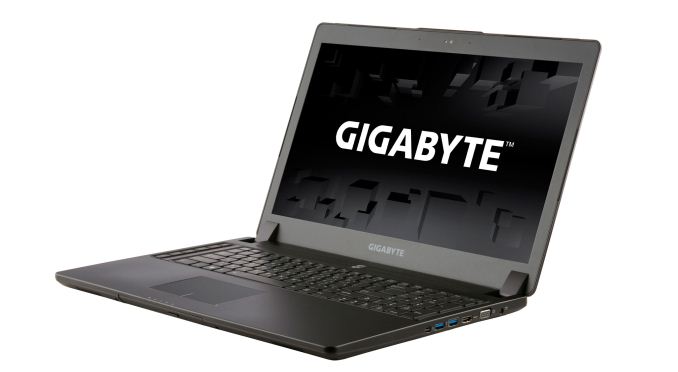

 Quote
Quote

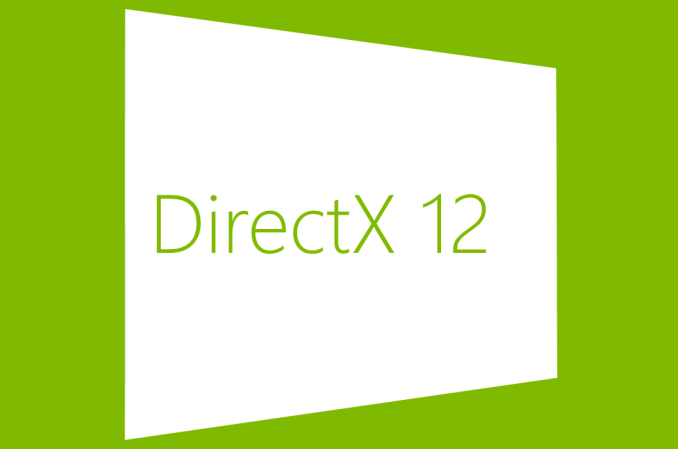
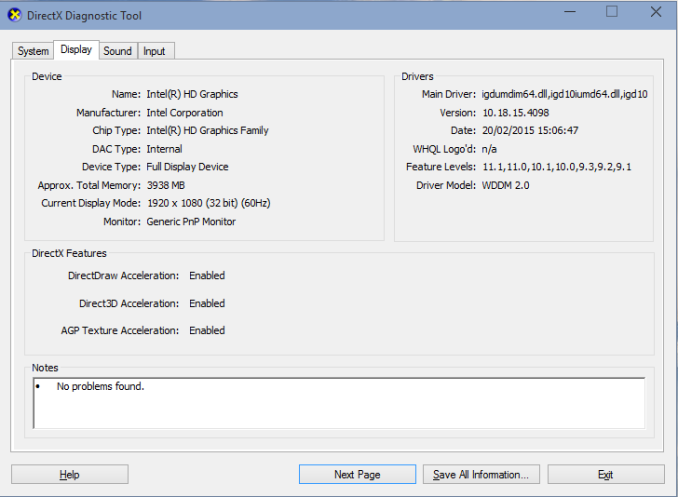
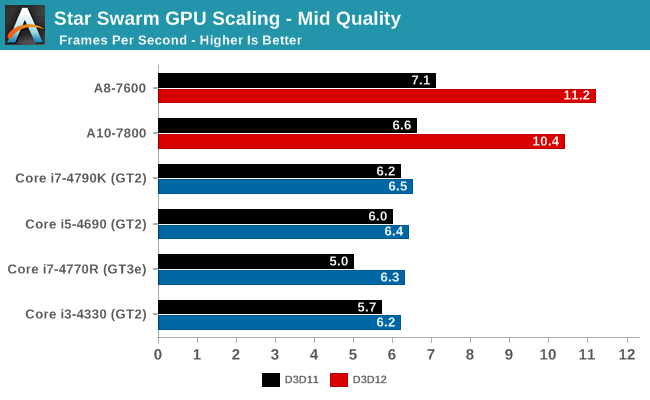
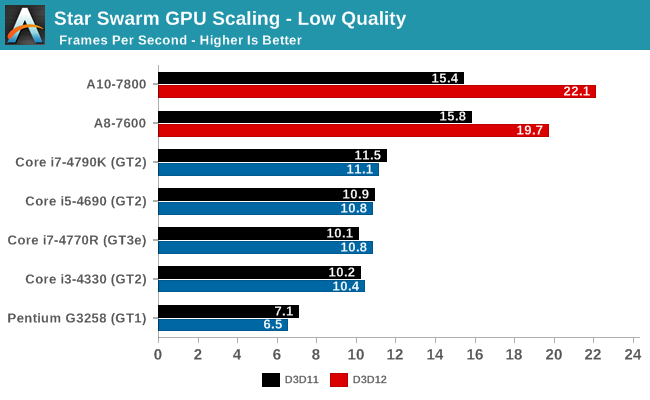
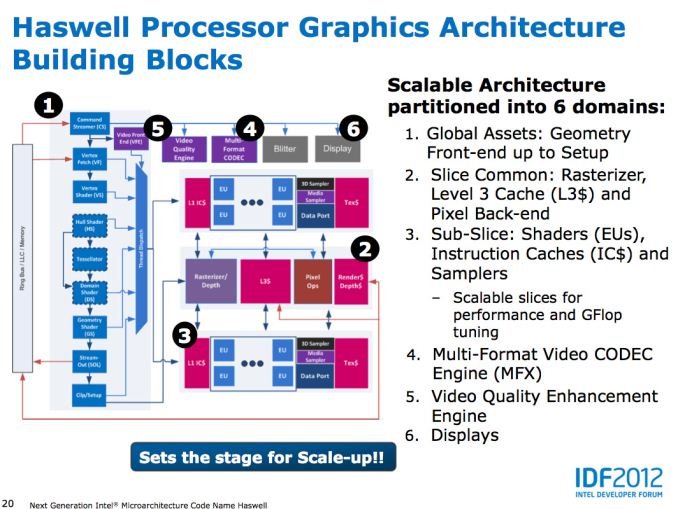
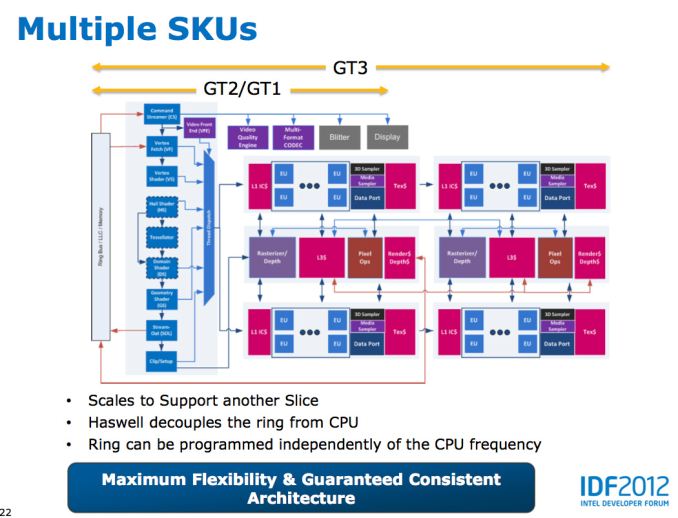
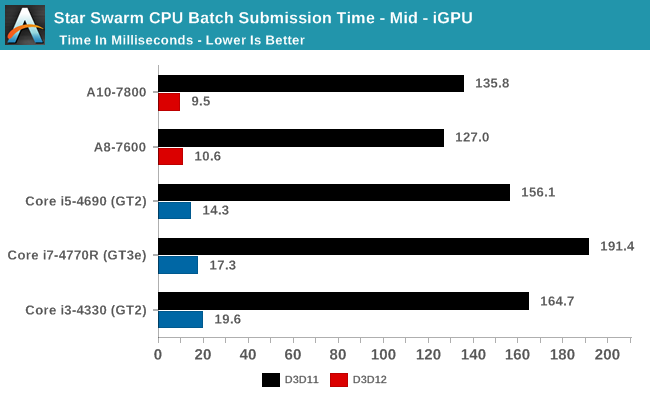

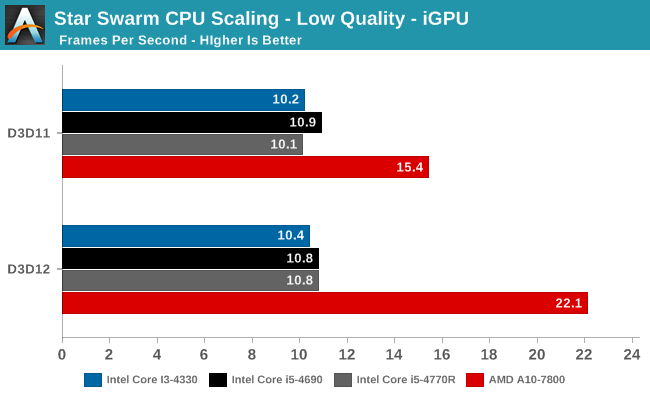
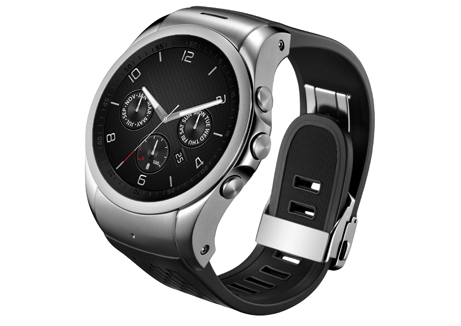





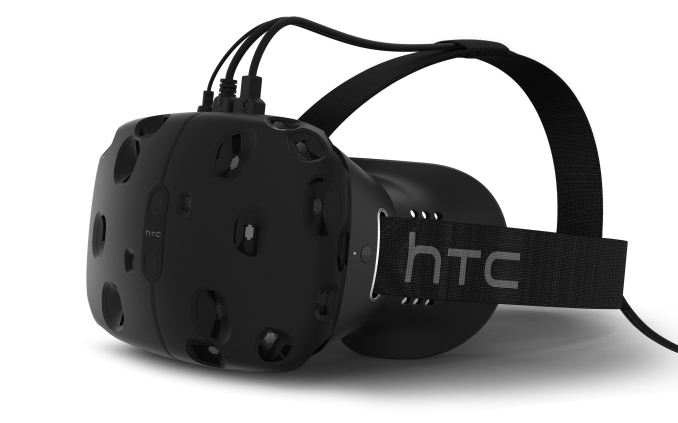
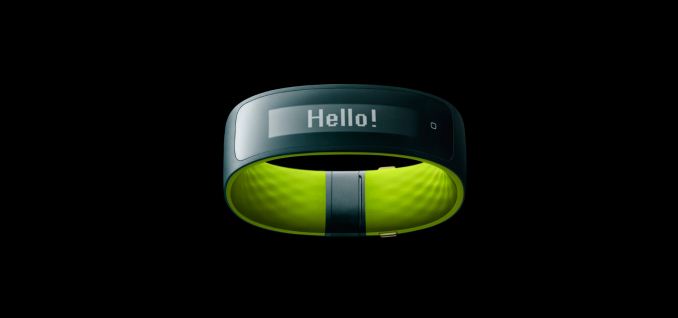
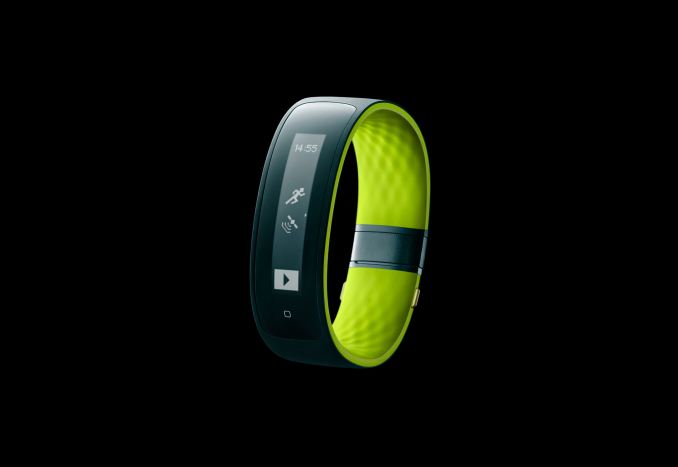
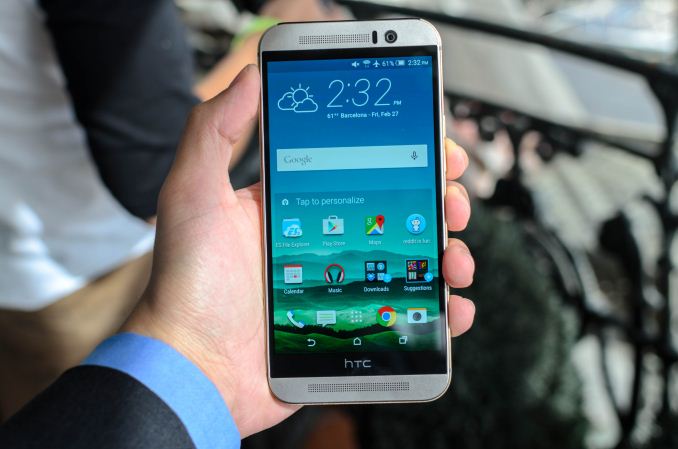
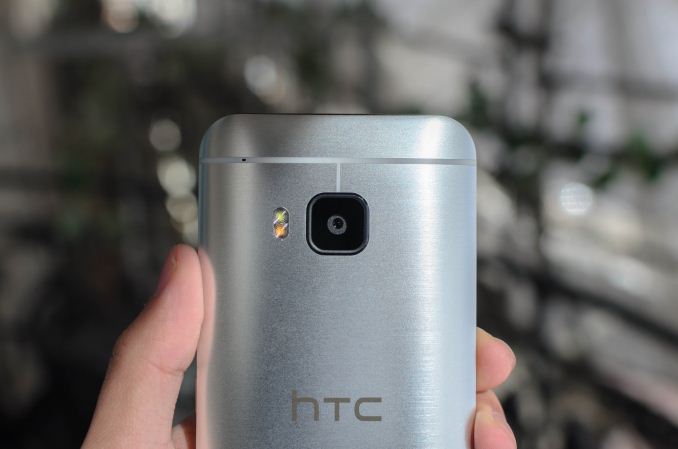
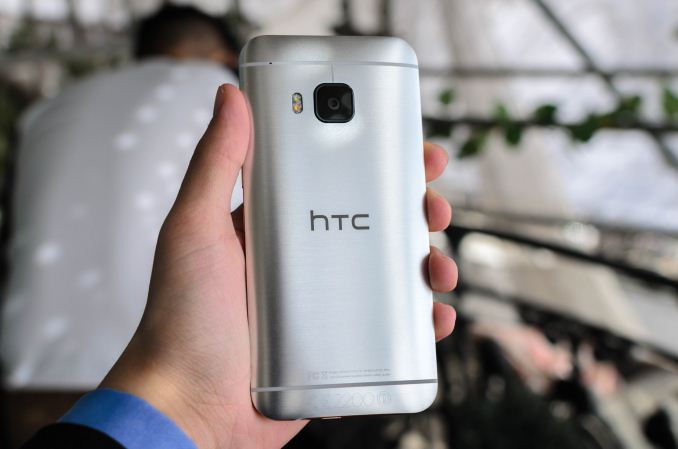



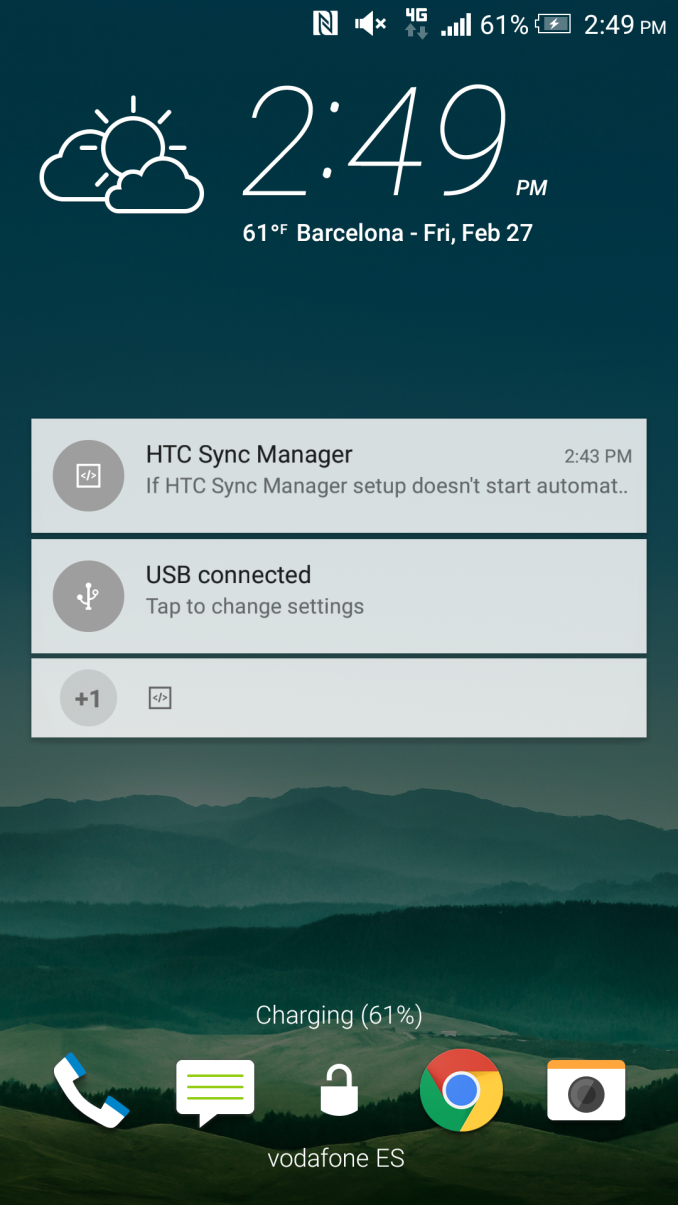


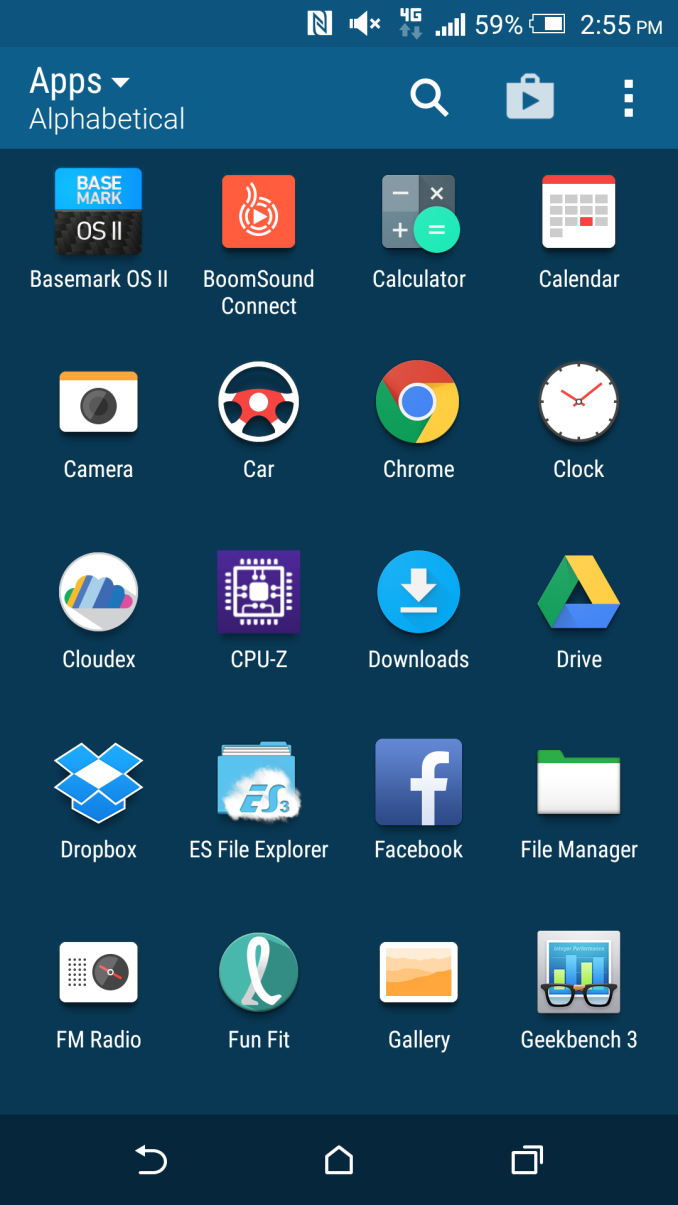


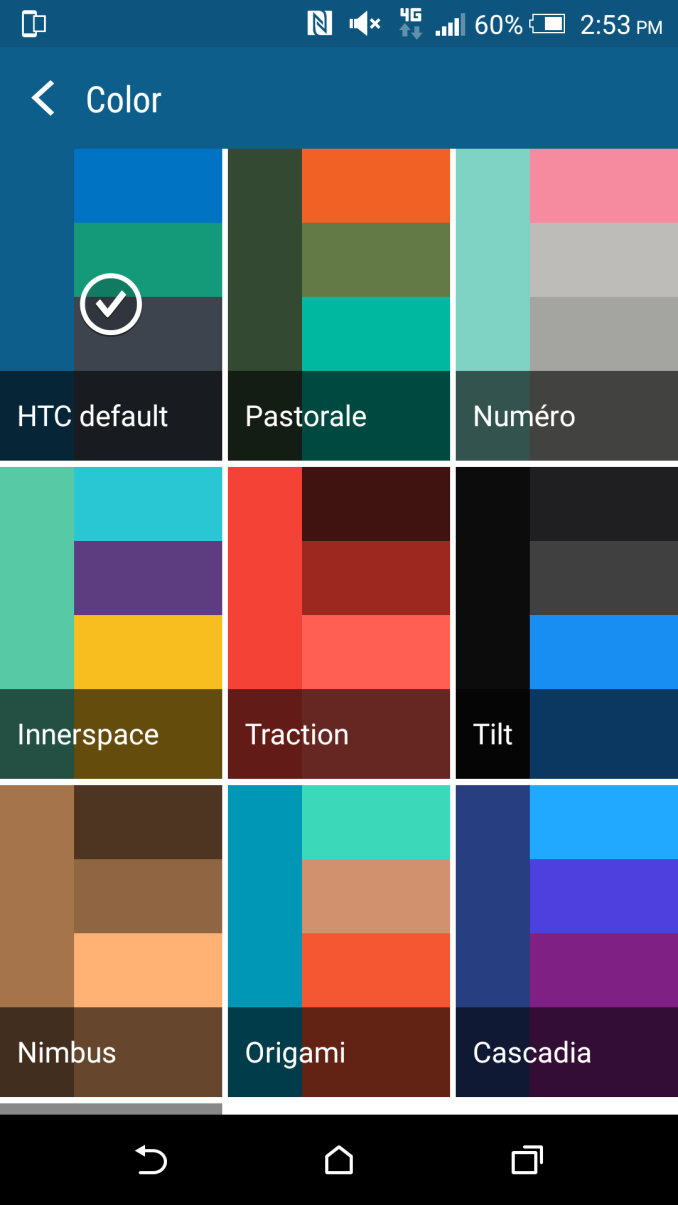
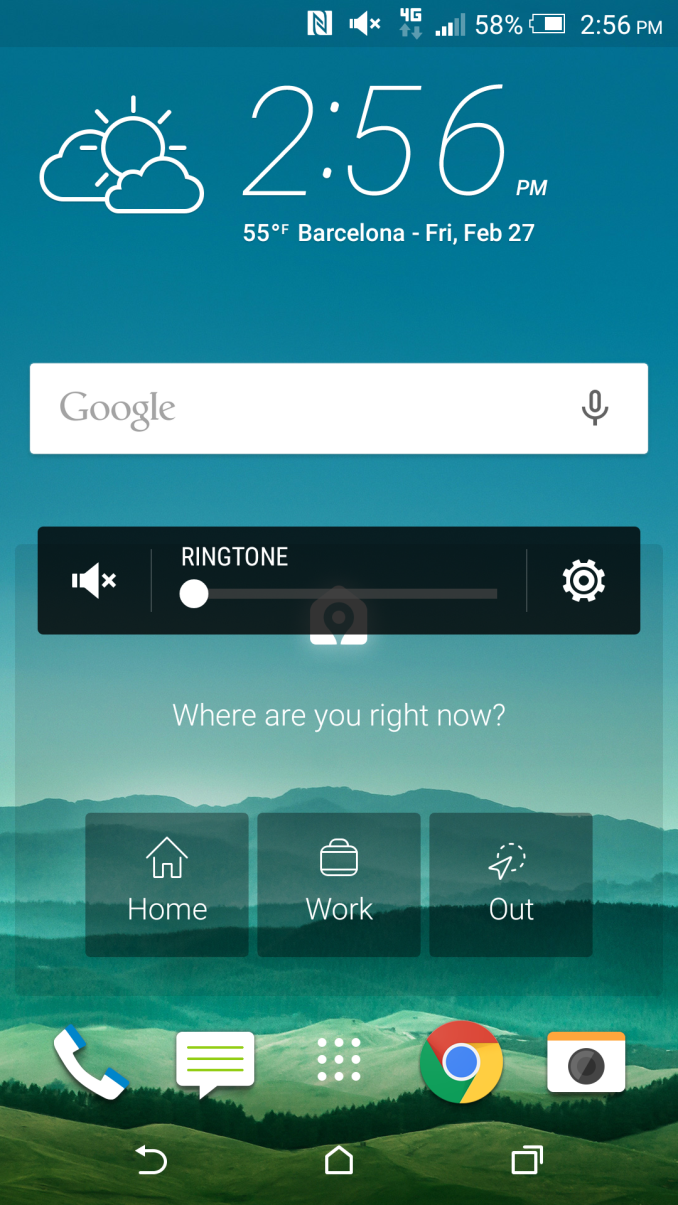
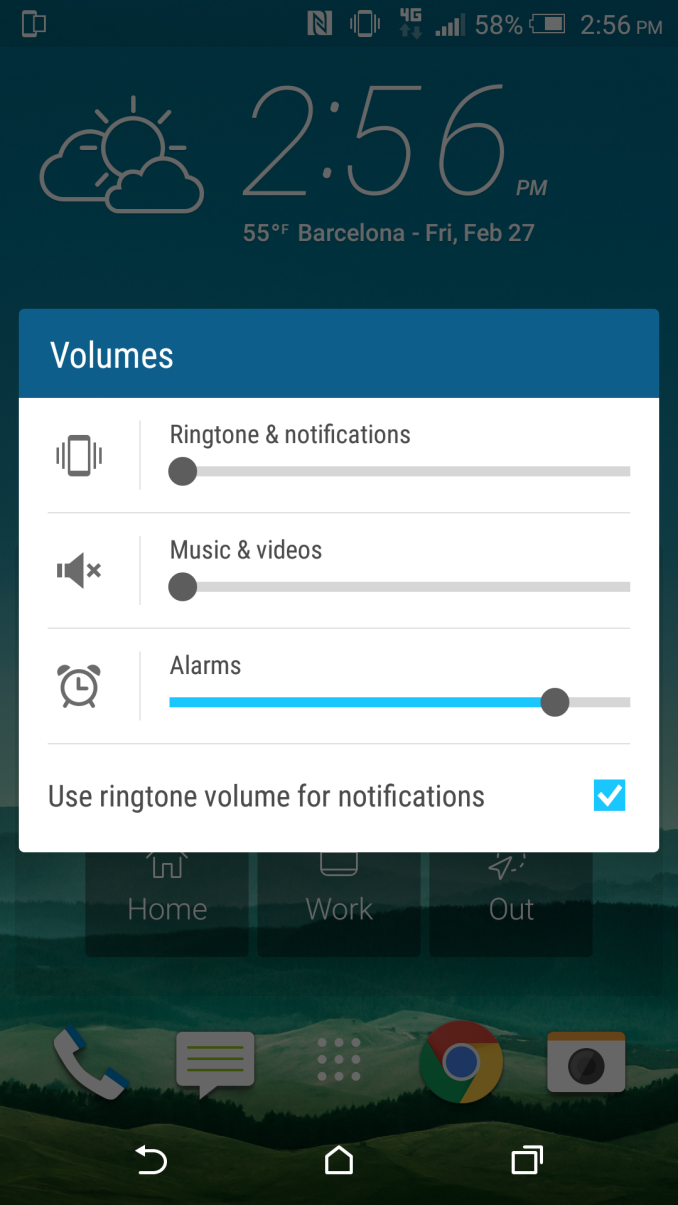
















Bookmarks